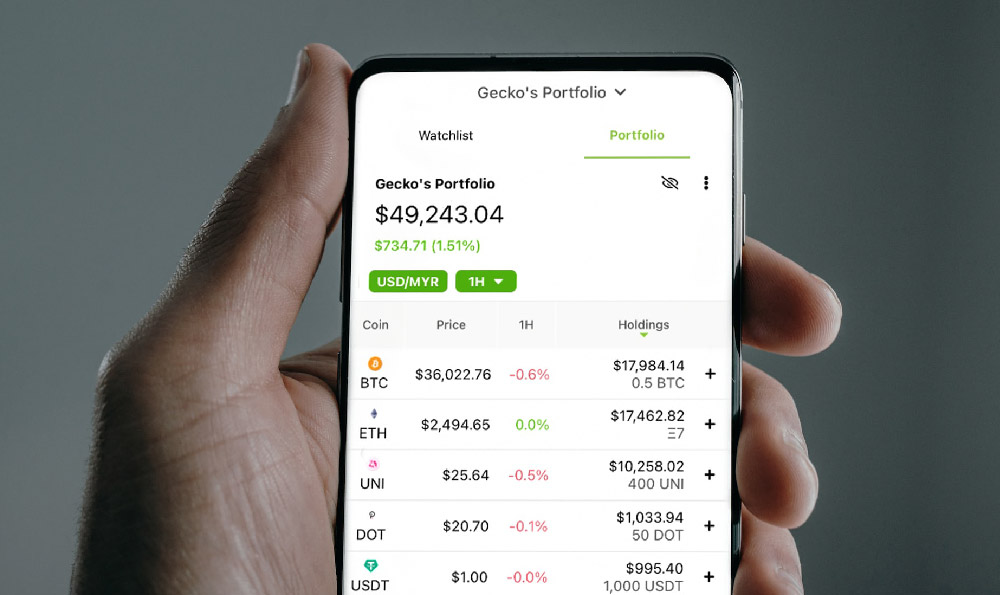Apple Pay, a seemingly simple feature enabling contactless payments, is a multifaceted revenue generator for Apple. While the exact profitability of Apple Pay is shrouded in secrecy, given Apple's typical reluctance to break down specific revenue streams beyond broad categories, analyzing its revenue model and the ecosystem it fosters provides a compelling argument for its overall value to the company.
Apple Pay's revenue model is primarily based on transaction fees. When a customer uses Apple Pay to make a purchase, Apple receives a small percentage of the transaction amount. This percentage, typically around 0.15% in the United States, is paid by the issuing bank, not the merchant or the consumer. This seemingly minuscule fee, applied across billions of transactions globally, aggregates into a substantial revenue stream. The elegance of this model lies in its low-friction nature. Apple doesn't need to directly manage merchant relationships or compete with traditional payment processors in the same way. Instead, it leverages its existing user base and its secure, convenient payment platform to facilitate transactions and collect its fee.
The volume of transactions flowing through Apple Pay is a crucial factor in determining its profitability. Apple Pay is integrated into a vast ecosystem of Apple devices, including iPhones, iPads, Apple Watches, and Macs. This ubiquity gives Apple Pay a significant advantage over other mobile payment solutions. Furthermore, Apple has actively encouraged adoption by integrating Apple Pay into online checkouts, in-app purchases, and even transit systems in many cities. As the use of contactless payments continues to grow, and Apple's market share in the mobile device market remains strong, the volume of transactions through Apple Pay is expected to continue to increase, further boosting its revenue.

Beyond direct transaction fees, Apple Pay contributes significantly to Apple's overall ecosystem and strengthens customer loyalty. By providing a secure, convenient, and integrated payment experience, Apple Pay enhances the value proposition of Apple devices. Users are more likely to choose an iPhone or Apple Watch if they know they can easily make payments using Apple Pay, especially given the strong emphasis Apple places on security and privacy. This increased customer loyalty translates into higher retention rates and repeat purchases, which are vital for Apple's long-term success.
Apple Pay also drives sales of other Apple products and services. The seamless integration of Apple Pay with the Apple Watch, for instance, encourages users to upgrade to newer models to take advantage of the latest features and improved performance. Similarly, the convenience of using Apple Pay for in-app purchases incentivizes users to spend more on apps and games within the App Store, a significant revenue driver for Apple. The enhanced user experience offered by Apple Pay further incentivizes users to remain within the Apple ecosystem, fostering further investment in Apple’s products.
Another indirect revenue stream associated with Apple Pay arises from the increased adoption of Apple Card. Apple Card, a credit card issued in partnership with Goldman Sachs, is tightly integrated with Apple Pay and offers various benefits, such as daily cash rewards and enhanced privacy features. The availability of Apple Pay is a key selling point for Apple Card, and the success of Apple Card, in turn, contributes to the growth of Apple Pay's transaction volume. This synergy between Apple Pay and Apple Card highlights Apple's strategic approach to creating a cohesive and mutually beneficial ecosystem of financial services.
The profitability of Apple Pay also depends on the costs associated with operating and maintaining the platform. Apple invests heavily in security and fraud prevention measures to ensure the integrity of Apple Pay. These investments are essential for maintaining user trust and preventing financial losses. Apple also incurs costs related to infrastructure, customer support, and marketing. However, given Apple's massive scale and its ability to leverage existing resources, the costs associated with operating Apple Pay are likely relatively low compared to the revenue it generates.
While Apple doesn't disclose specific figures for Apple Pay's revenue or profitability, analyzing its revenue model and the ecosystem it supports suggests that Apple Pay is a valuable asset for the company. The direct revenue generated from transaction fees, coupled with the indirect benefits of increased customer loyalty, higher device sales, and the success of Apple Card, contribute significantly to Apple's overall financial performance. As the adoption of contactless payments continues to grow, and Apple continues to innovate and expand the capabilities of Apple Pay, its value to the company is only likely to increase. The overall benefit to Apple's ecosystem is the key factor, with Apple Pay being another strong lock-in mechanism for Apple’s existing and new customers. This ultimately increases the lifetime value of each Apple customer, more than compensating for any costs involved in operating Apple Pay.












